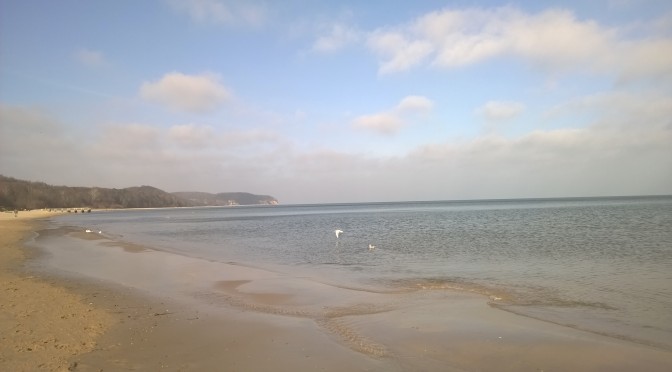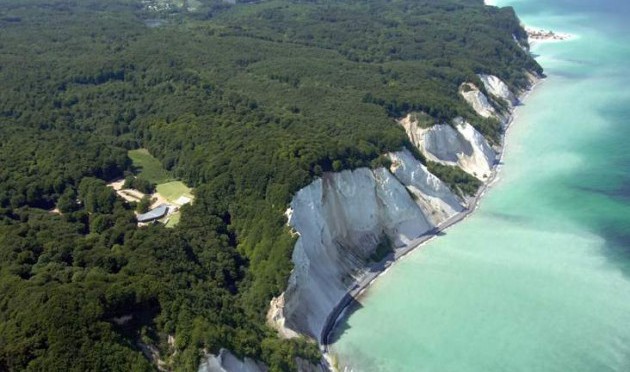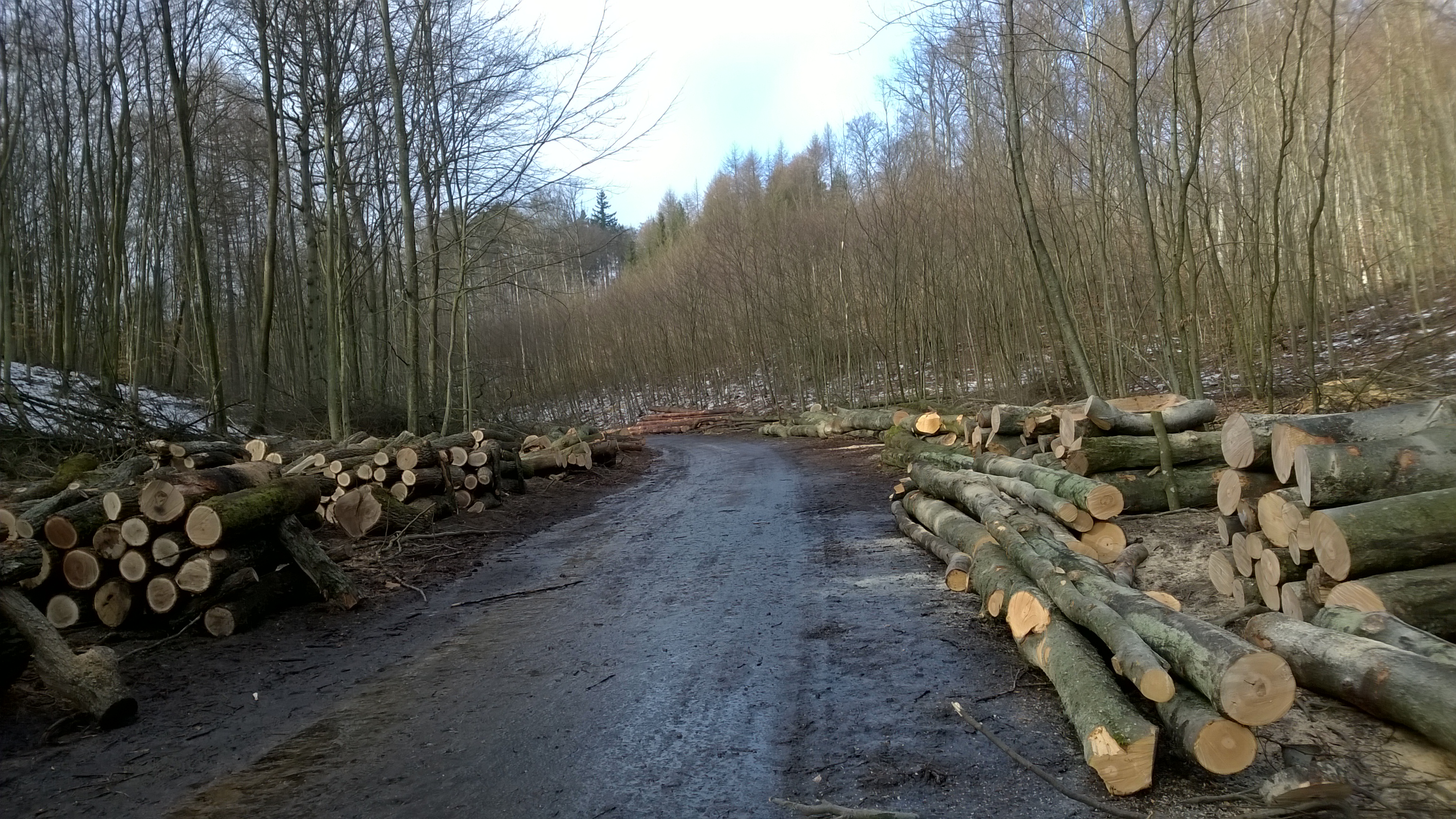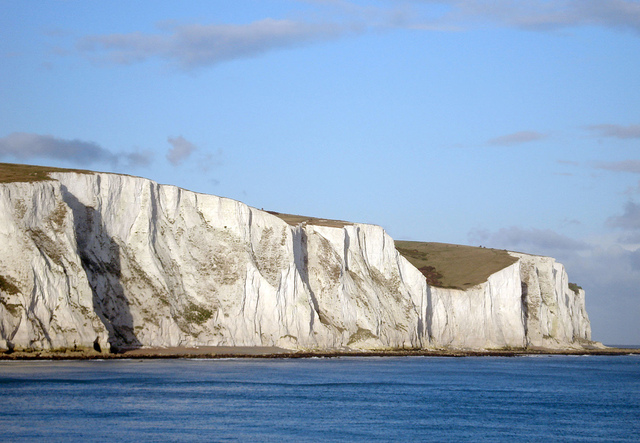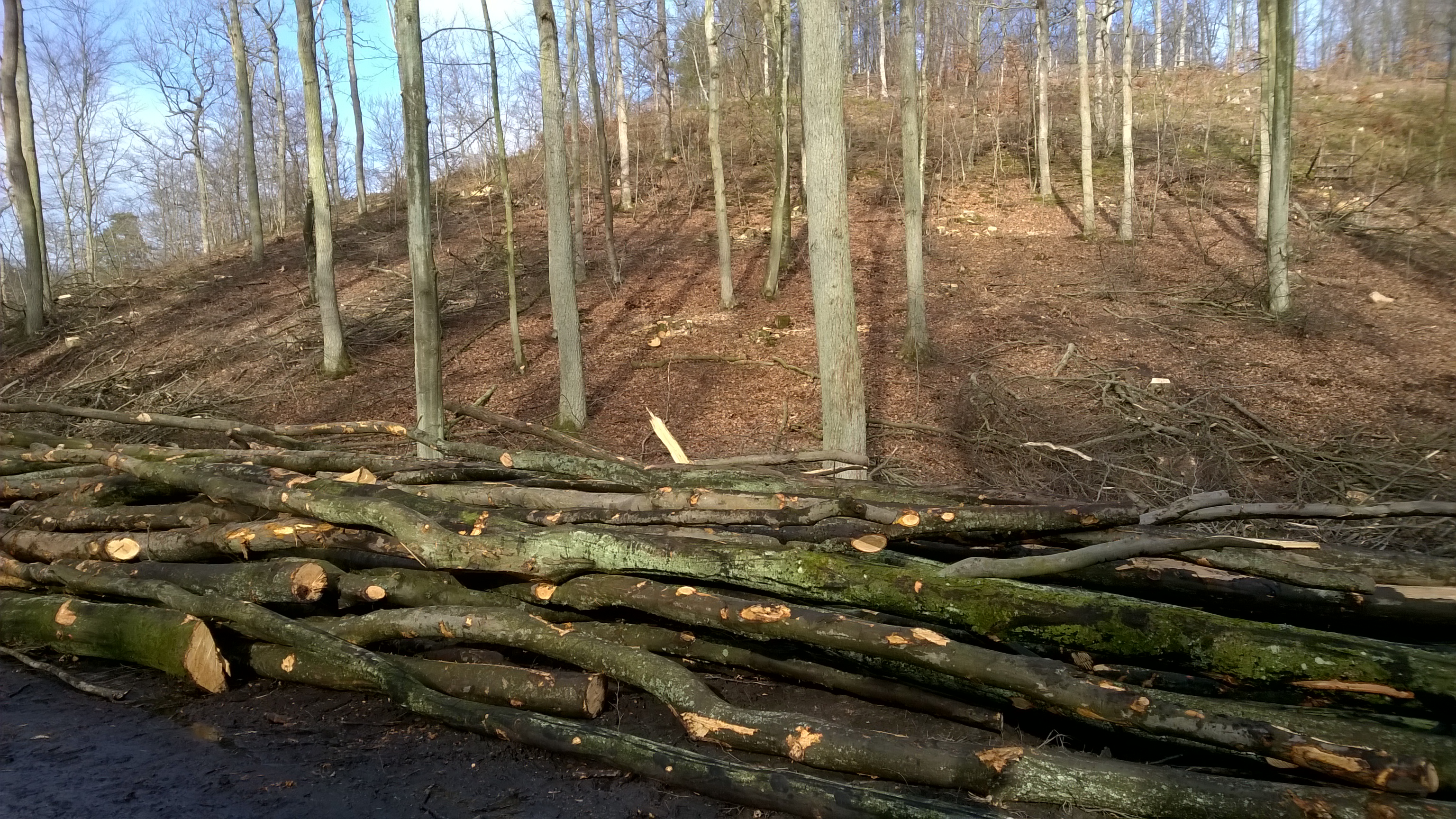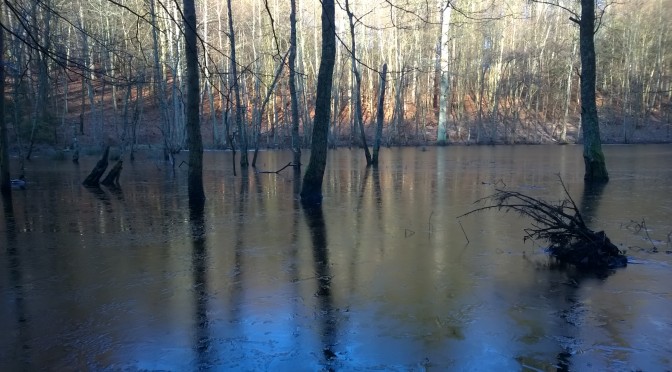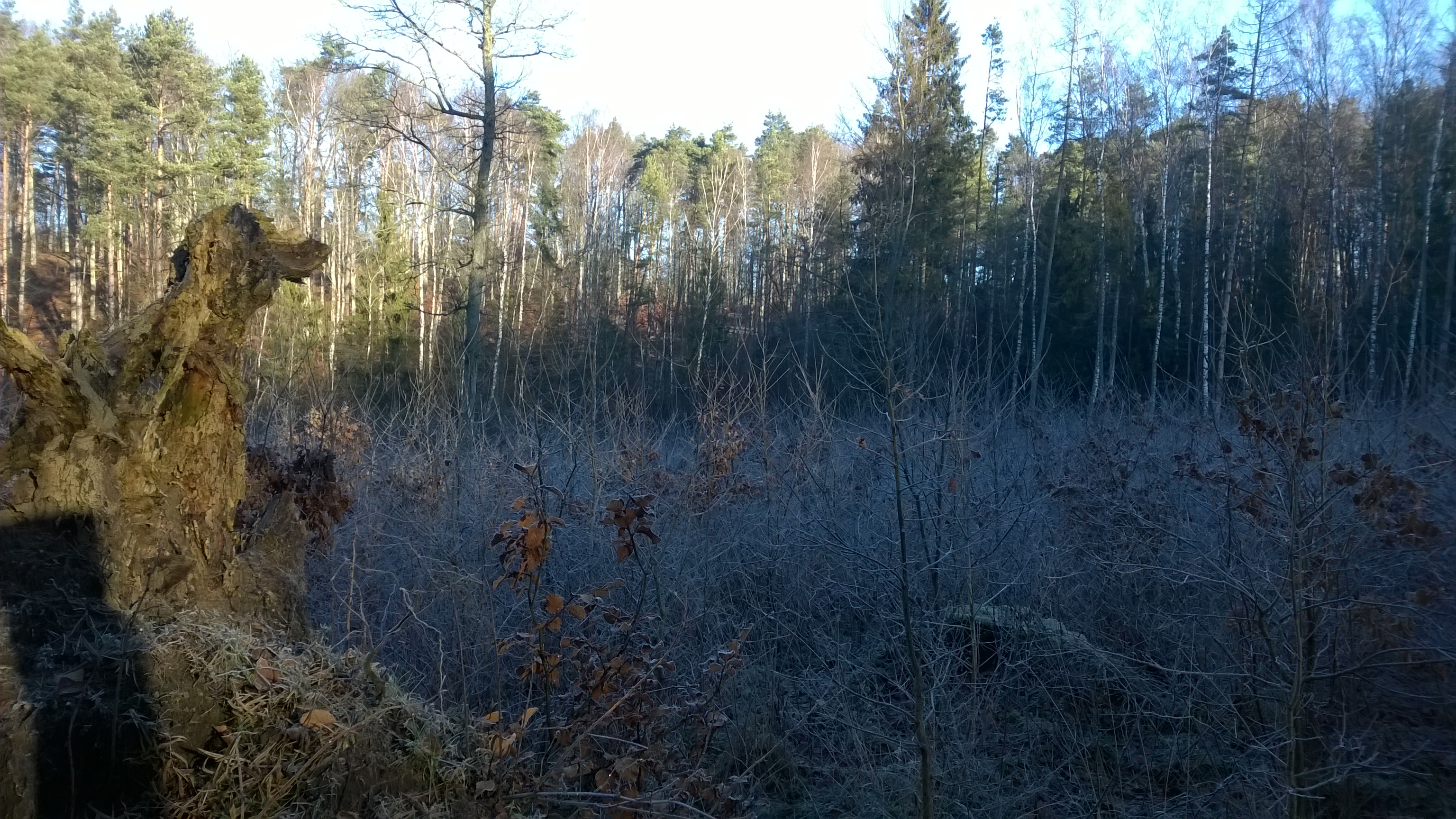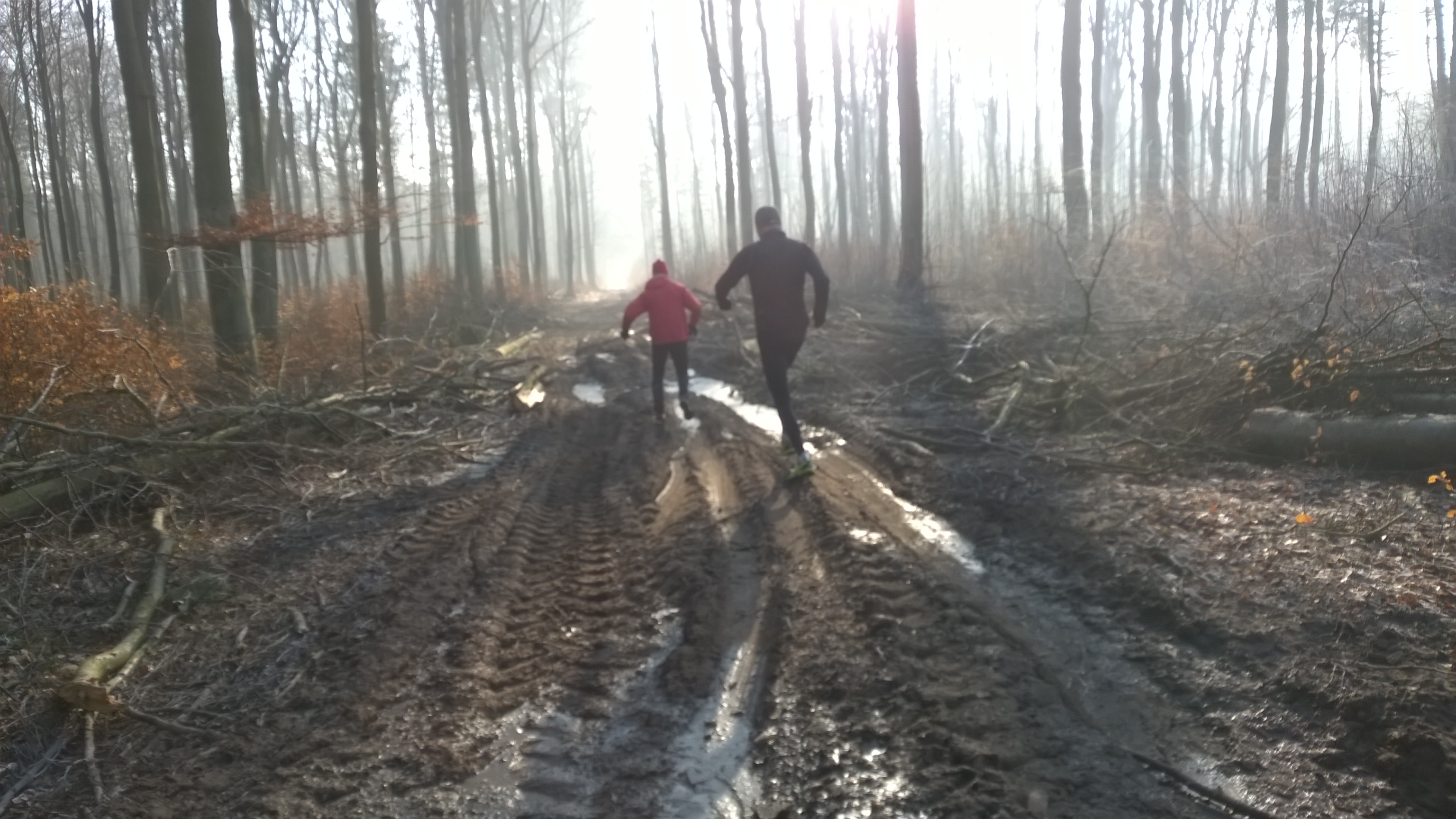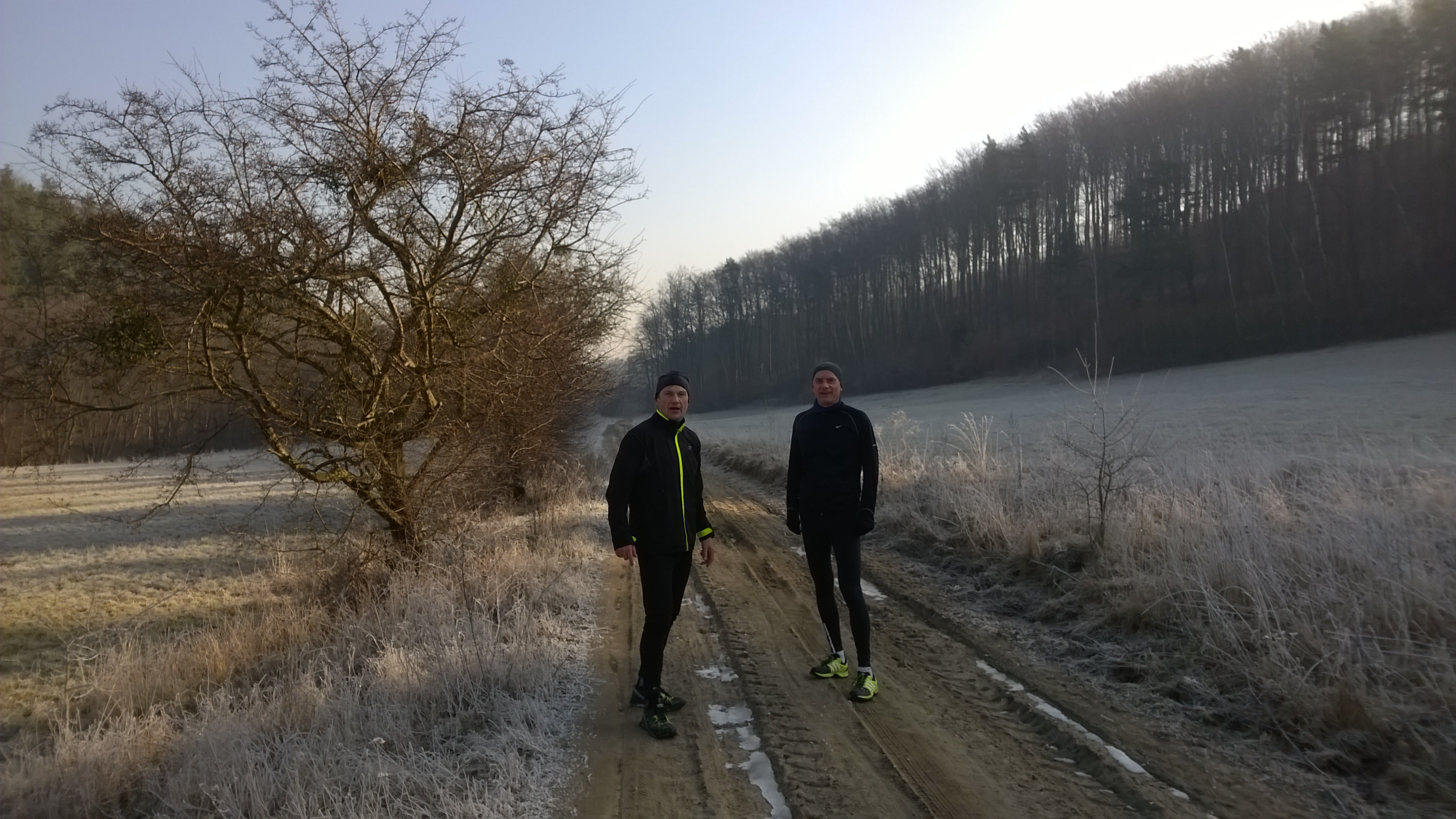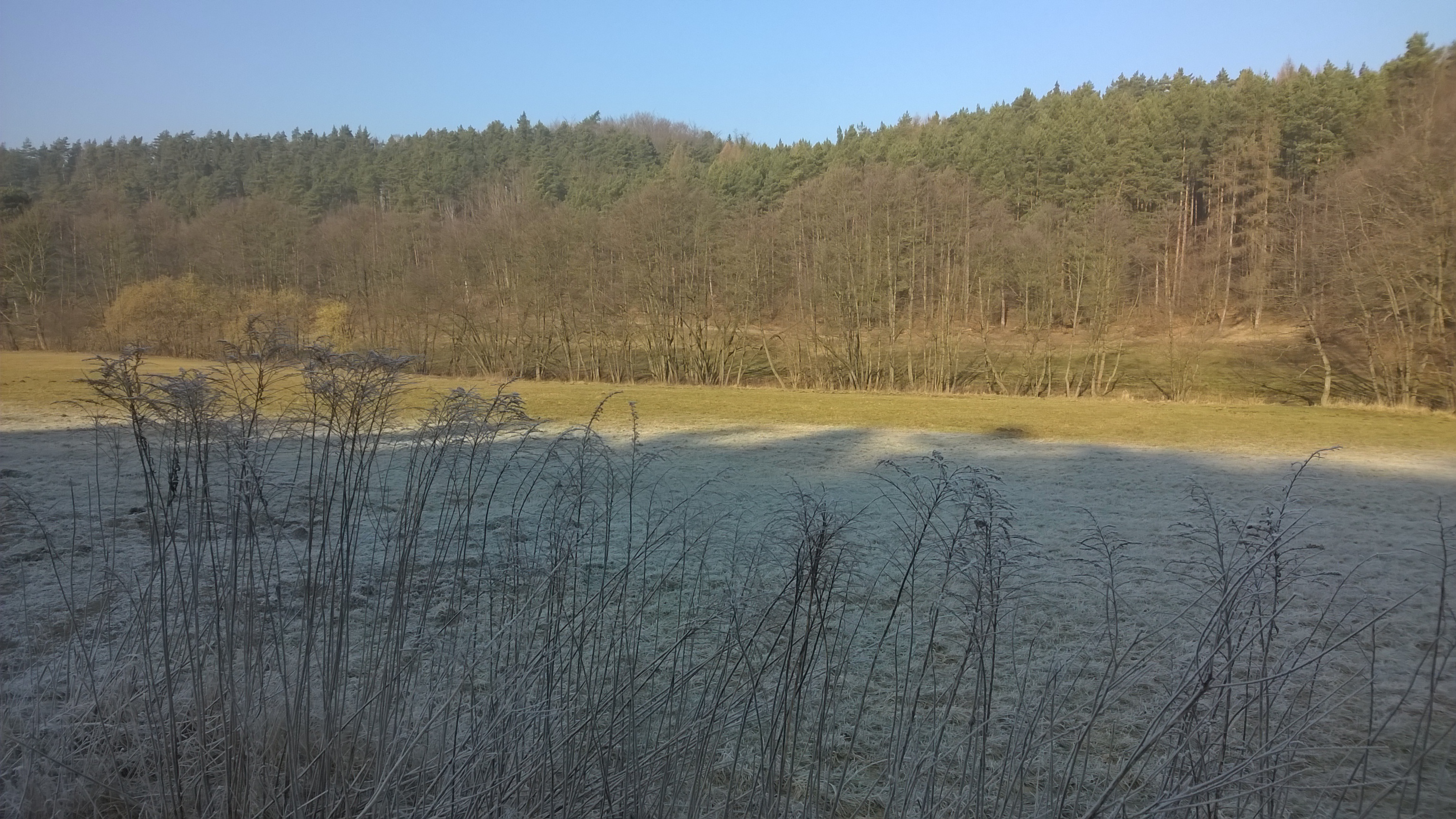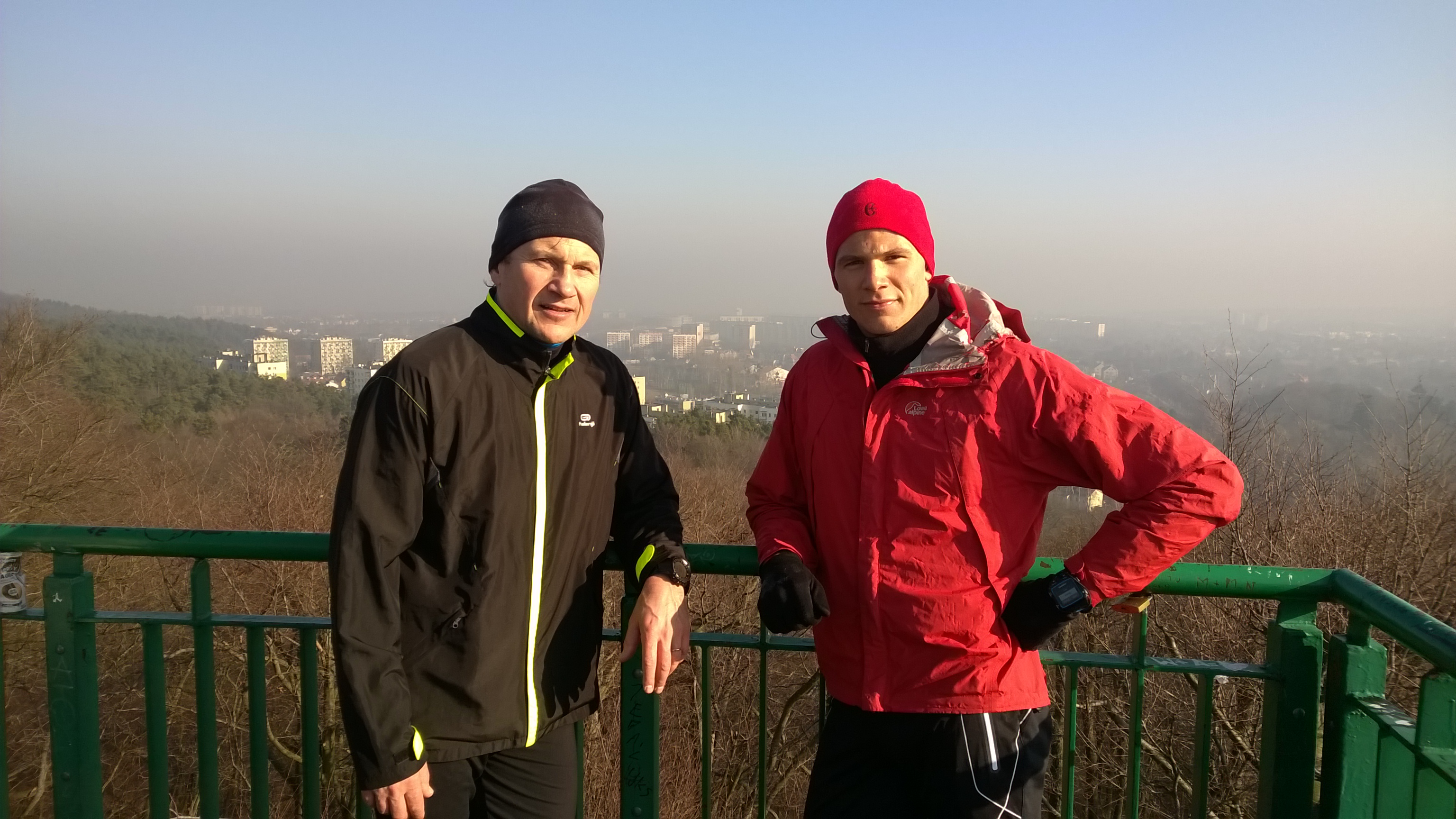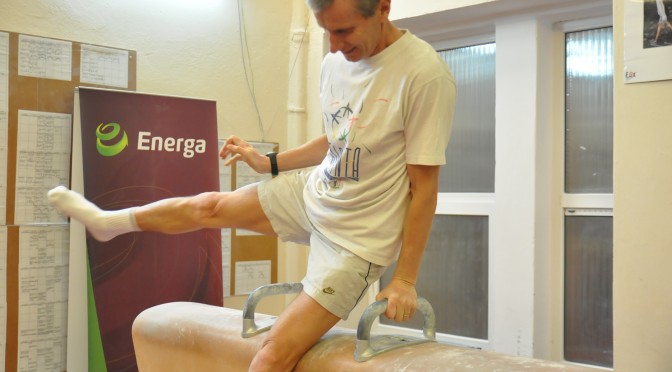Ścięty las, który sprowokował mnie do wpisu na temat globalnego ocielenia, nadal leży poukładany w coraz wyższe stosy. W mediach sporo na temat unii energetycznej, za wschodnią granicą wojna, muszę jeszcze zostać w temacie.
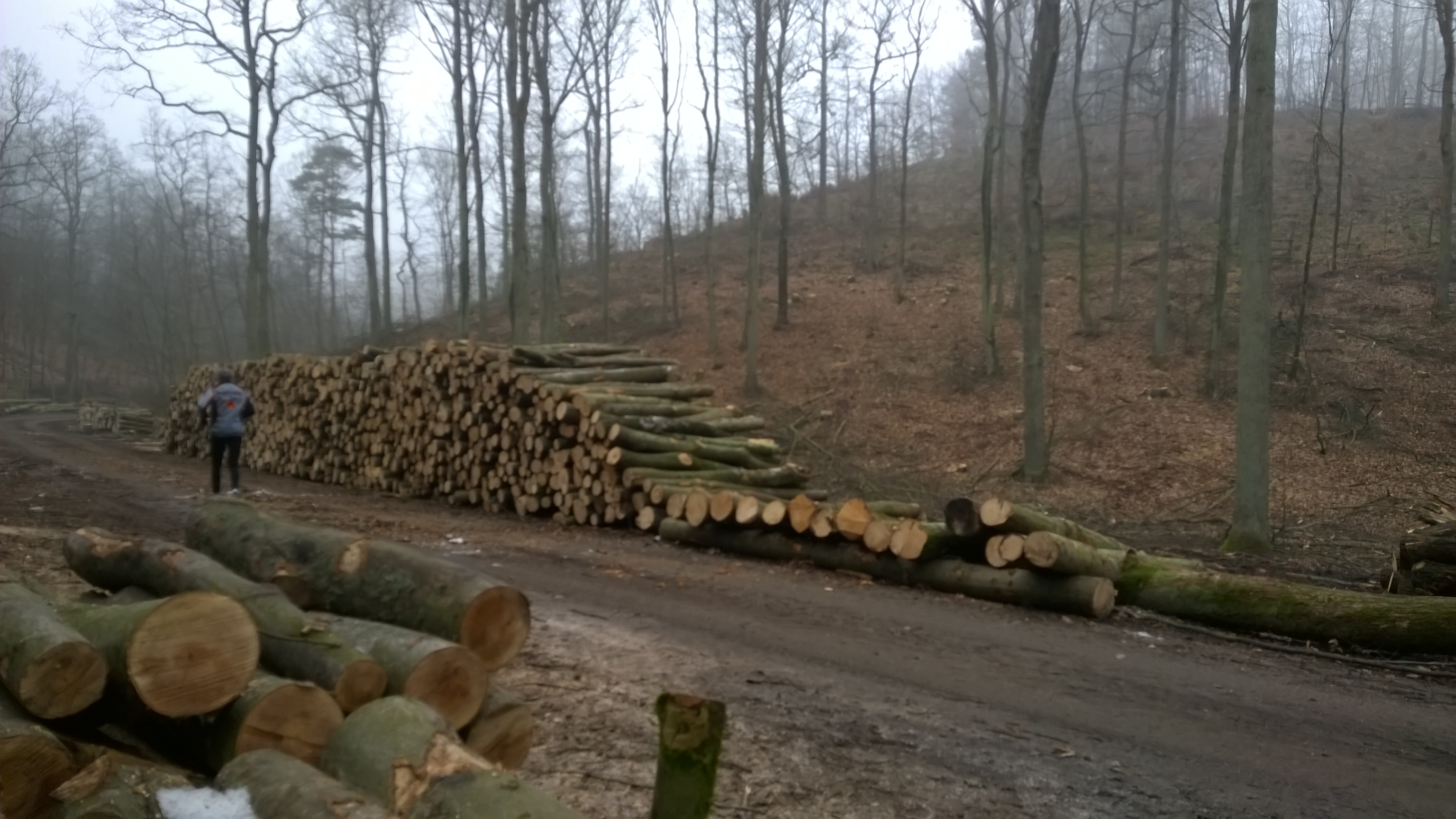
Na początku ciekawostka – węgiel to bardzo reaktywny pierwiastek, który tworzy różne związki, również sam ze sobą, ale wcale nie jest najbardziej rozpowszechnionym na ziemi, jakby się zdawało. Z 92 pierwiastków, największy udział w budowie skorupy naszej planety ma tlen (50%), czwarte jest aluminium, kiedyś tak bezcenne, że pewien francuski król (XIX w) zamienił zastawę srebrną na aluminiową, by było bardziej prestiżowo – a węgiel…? Będziesz zaskoczony, z 0,048% zajmuje 15 pozycję, jednak bez jego właściwości budowania związków organicznych nie byłoby życia – o czym wiemy. Dzisiaj swoją obecnością w atmosferze, węgiel rozgrzewa dyskusje dotyczące spalania surowców energetycznych, budowania elektrowni atomowych, czy jak podzielić pieniądze „z łupków”.
Według ostatniego raportu U.S. Energy Information Administration siłownie jądrowe są drugim największym źródłem bezemisyjnej (chodzi o gazy) energii na świecie. W ostatnim roku ruszyła budowa 72 nowych reaktorów i zakłada się, że w 2050r elektrownie jądrowe dostarczą 17 proc. światowego prądu, co będzie miało wpływ na zamówienia paliw i obniżenie (w ułamku %) wpływu na efekt cieplarniany, którego (fiskalną) naturę tłumaczyłem w poprzednim wpisie.
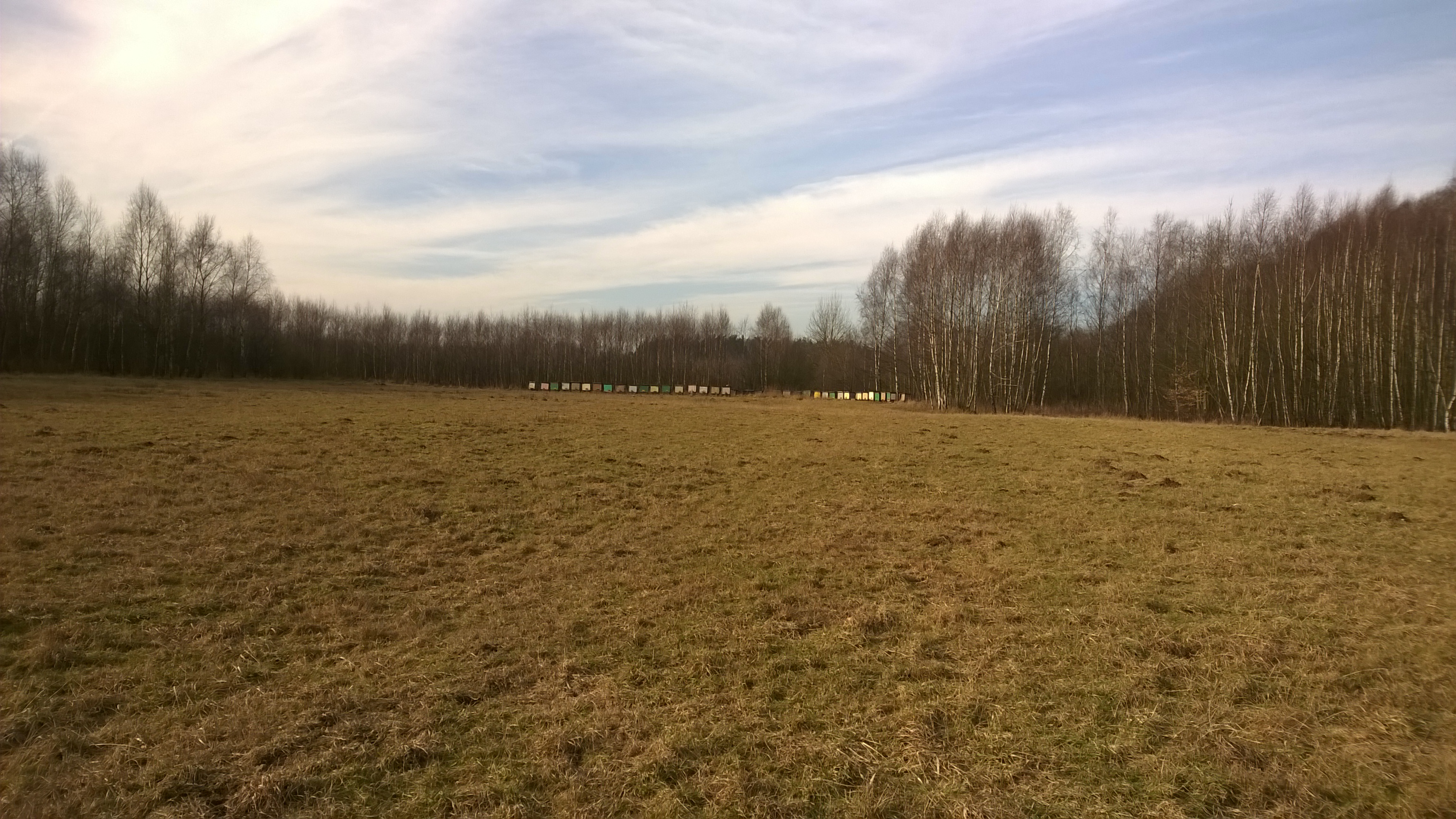
To odległa perspektywa, a Ukraina potrzebuje wsparcia już teraz. Jeśli Mr. Russia ma zmięknąć, to nie tylko cena baryłki ropy powinna spaść o połowę, ale również cena gazu, który jest drugą nogą finansową Kremla. Jednak ceny gazu są kontraktowane w długim okresie a jeśli pojawiają się dodatkowe zdarzenia jak katastrofa elektrowni jądrowej w japońskiej Fukushimie (2011r), wskutek czego Japonia wyłączyła prawie wszystkie 56 jądrowych siłowni i do teraz ma nieczynne 47, to cena gazu nie ma jak podążać za ropą, przynajmniej w tamtej części świata. Przez ostatnie 3 lata cena gazu znalazła się w szpagacie – Polska kupowała po ok. 500$ (za 1000m3), w tym czasie rewolucja łupkowa w Stanach obniżyła cenę, (w pewnym momencie), nawet do 70 $ ! Na drugim biegunie znalazła się przerażona Japonia, która musiała czymś zastąpić atom – cena gazu w zimowych szczytach skakała do 800$. Problemy Ukrainy, obok wojennych, lokują się również w tym obszarze – grozi im zakręcenie kurków z gazem. Teraz wyobraźmy sobie, że Tokio włącza 47 sprawnych reaktorów i przez to nie podbija ceny gazu, że Angela odwołuje koncepcje wygaszenia niemieckich jądrówek w 2022 r., bo taką deklaracje złożyła pod naciskiem ‘zielonych’ 3 lata temu i dodatkowo Chiny, które w ślad za Ameryką, mocno postawiły na poszukiwania w łupkach, konsekwentnie wiercą. Wydaje się, że cena gazu znalazłaby argumenty do przeceny, co pomogłoby zmiękczyć Ruskich.
Pewnie zastanawiasz się co z polskim gazem z łupków, bo politycy już zdążyli się pokłócić o te zyski z wydobycia. Otóż gaz jest tam gdzie go natura umieściła ok. 400mln lat temu i czeka na inną technologię, niż ta przywieziona zza oceanu. W Ameryce dostosowanie techniki wydobycia trwało 30 lat, robiły to małe firmy inżynieryjne, a wielkie koncerny przychodziły na gotowe, czyniąc łupkowych pionierów bardzo bogatymi. Do Polski, światowi giganci jak, ExxonMobil, Total, Chevron, Marathon, Talisman, ENI postanowili przyjechać od razu, bez pośredników technologicznych i z techniką, którą stosowali u siebie – licząc na pełnię zysków, jednak po 64 odwiertach (1 kosztuje ~15 mln$) okazało się, że „polskie łupki są bardziej plastyczne i przez to są trudniejsze do szczelinowania, wymagają przy tym stosowania znacznie wyższych ciśnień. Ponadto, część warstw łupkowych zawiera minerały ilaste, glinę które pęcznieją w kontakcie z wodą, zatykając wytworzone szczeliny i pory, tym samym ograniczając przepływ gazu” – Prof. Grzegorz Pieńkowski z Państwowego Instytutu Geologicznego. To oznacza, że nie da się użyć tych samych metod, więc giganci wycofali się, ale prace trwają. Odwierty czekają na naukowców, którzy próbują się dobrać do tych „rozmoczonych łupków”. Bardzo chcę wierzyć, że Polak potrafi, że za 5-7 lat dowiemy się, że mamy w rurach nasz gaz, który obniży koszty „ciepłej wody w kranie”, zmniejszy emisyjność i opłaty (pamiętasz – przed nami „triple Kioto”) a przy okazji zbuduje przemysł chemiczny.
Jak przygotowania? Andrzej wygląda dobrze podczas weekendowych treningów (20 lub 25km w sobotę + w niedzielę 15km – wszystko w terenie). Ja ciągnę kontuzję i jakoś ostatnio oklapłem – może postanowienia wielkopostne ciążą 🙂

Translation Anna Meysztowicz
The felled forest, which provoked me to write about global warming, lies tidied into growing piles. In the media there’s a lot on the energy union, beyond the eastern border there’s a war, I need to stay on topic. But something interesting to start with – carbon is a very reactive element, which forms different compounds even with itself but is not the most common element on earth as one might think. Out of 92 elements, oxygen has the largest share in the construction of the earth’s crust (50%), the fourth is aluminium, once so valuable that a certain French king (in the XIX c.) exchanged a silver cutlery set for aluminium as that was more prestigious, but carbon…? You would be surprised that, at 0.048%, it ranks no. 15, however, without its properties for building organic compounds life would not exist – which we know already. Today, with its presence in the atmosphere, carbon heats discussions regarding the burning of energy sources, constructing atomic power plants, or on how to divide the money “from shale”.
According to the latest U.S. Energy Information Administration report nuclear power plants are the largest source of emission-free (as regards gases) energy in the world. Last year the construction of 72 new reactors began and it is assumed that in 2050 nuclear power plants will provide 17% of the world’s electricity, which will influence the orders for fuel and decrease (by a fraction of a %) the influence on the greenhouse effect, the (fiscal) nature of which I explained in my previous blog entry.
But that is a distant perspective and Ukraine needs support right now. If Mr Russia is to soften up, not only must oil prices drop by half, but also the price of gas, which is the second financial leg of the Kremlin. However, gas prices are contracted in the long-term and, if added events take place, such as the catastrophe in the nuclear power plant in Japan’s Fukushima (2011), as a result of which Japan deactivated nearly all of its 56 nuclear plants, 47 of which are still inactive, then the price of gas has no way to chase oil prices, especially in that part of the world. For the last 3 years the price of gas has been in limbo – Poland paid approx. $500 (for 1,000 m3), during which time the shale revolution in the US lowered the price (at a certain point in time) even down to $70! On the other end of the scale was the mortified Japan, which had to find something to replace the atom – the price of gas in the winter peak season jumped to $800. The problems of Ukraine, aside from the war, also concern this sphere – they are under the threat of having their gas cut off. Now let us imagine that Tokyo activates 47 efficient reactors and, this way, doesn’t pump up the price of gas, that Angela annuls the concept of deactivating German nuclear plants in 2022, because she signed such a declaration under the pressure of the “Greens” 3 years ago, and additionally China, who in the steps of the USA, focused strongly on the search for shale, and are consequentially drilling. It seems that the price of gas would find arguments for decrease, which would help to soften the Russians.
You are probably wondering – what’s with the Polish shale gas, because politicians have already managed to argue about the possible profits. The gas is where it was located by nature around 400 million years ago and is waiting for a different type of technology to the one brought in from overseas. In America adapting the technology for its extraction took 30 years, it was carried out by engineering companies and large concerns came in for the ready product making shale pioneers extremely wealthy. Global giants such as ExxonMobil, Total, Chevron, Marathon, Talisman and ENI decided to come right away, without any technological intermediaries and with the technology they used themselves – counting on full profits, however, after 64 boreholes (each costs around $15 million), it turned out that “Polish shale is more elastic and, thereby, more difficult to fracture, requiring the application of much higher pressure. Furthermore some of the layers of shale contain illitic minerals, clay that expands from contact with water, blocking the fractures and pores made, at the same time limiting the flow of gas” – Professor Grzegorz Pieńkowski from the Polish Geological Institute. This means that it is not possible to use the same methods so the giants withdrew but the work is ongoing. The boreholes are waiting for scientists who are trying to reach this “wet shale”. I really want to believe that Poles are capable, that in 5-7 years we will find out that we have our own gas in our pipes, which will lower to the cost of “hot tap water”, lower emissions and fees (remember – “Triple Kyoto” ahead) and, at the same time, build the chemical industry.
What about our preparations? Andrzej is looking good during weekend training sessions (20 or 25 km on Saturday + 15 km on Sunday – all of it in rough terrain). I have an injury and have lost some energy lately – perhaps it is the lent resolutions that are burdening me 🙂
